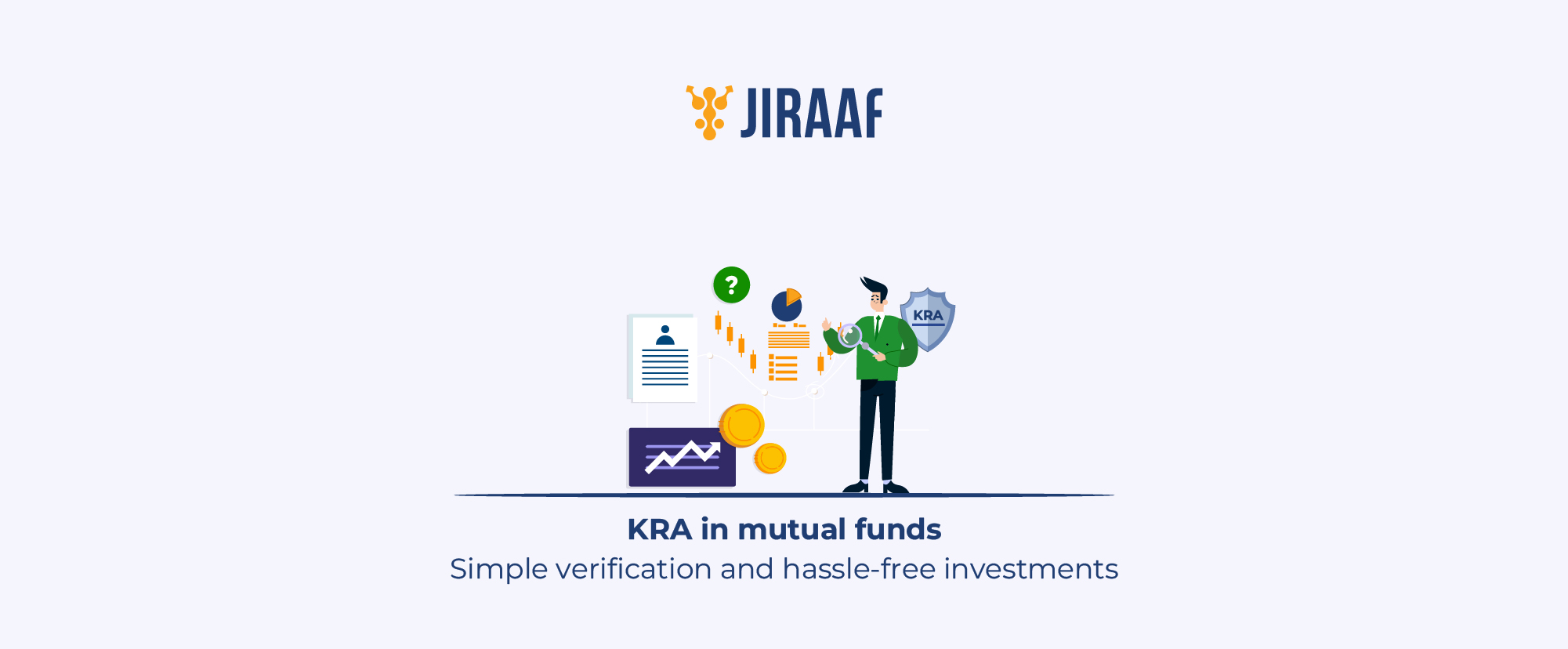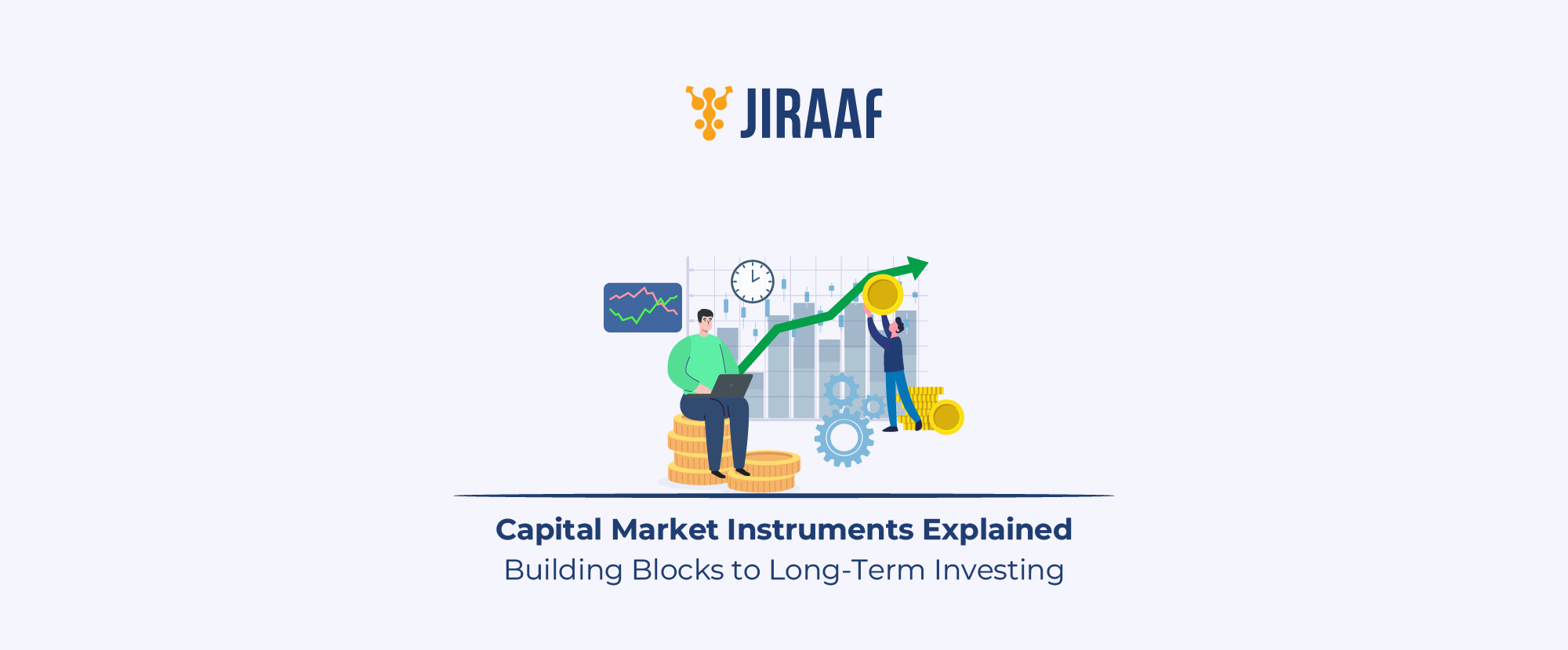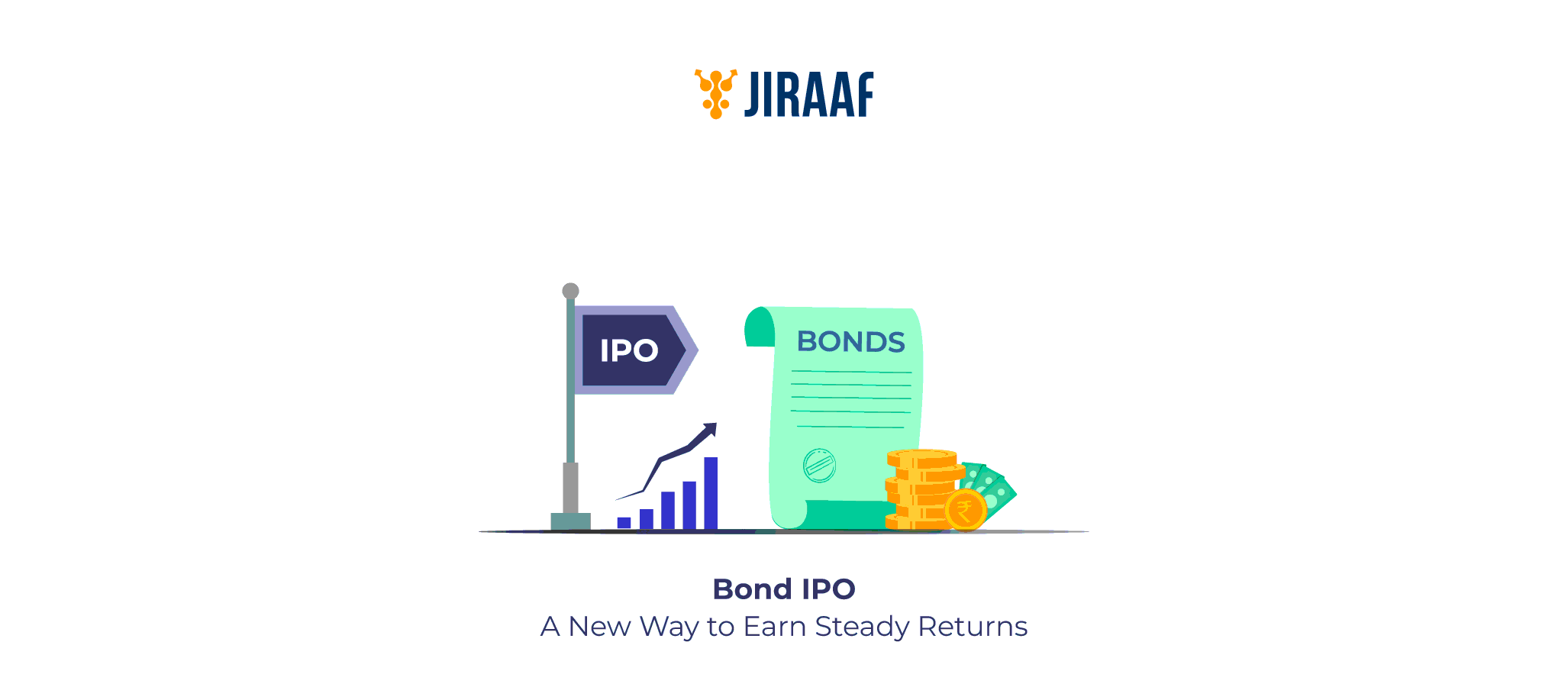When investing in mutual funds, you need to deal with know your customer (KYC), and the KYC registration agency (KRA) is a crucial step in the process. Everything you need to know about KRA, its significance, and how to check or upgrade your status for easier investment will be covered in this blog.
What is KRA in Mutual Funds?
KRA stands for KYC Registration Agency. These are securities and exchange board of India (SEBI)-authorized entities, such as CAMS KRA, Karvy KRA, CVL KRA, NSE KRA, and NDML KRA, that collect, verify, and safely store your KYC information to share with all SEBI-regulated intermediaries. When you complete KYC through one KRA, your record becomes portable—any other mutual fund house can retrieve it without re-KYC.
Why is KRA Important for Mutual Fund Investors?
When it comes to investment, your KRA record is similar to a worldwide identity card. Here’s why it’s important.
- Mandatory for Compliance: SEBI mandates that all investors in mutual funds complete KYC, including through a KRA.
- Uniform KYC system: Eliminates the need for duplicate forms across fund houses by creating a single point of verification.
- Portability: Your KYC saves paperwork every time it is used across platforms after it has been KRA-validated.
You can experience delays or be prohibited from investing in new schemes if your KRA record is invalid.
How Does the KRA Process Work?
Here’s the step-by-step breakdown of how the KRA process exactly works:
- Submit KYC application: Fill out your KRA form (either paper or e-form), upload your PAN, address proof, and optionally use Aadhaar-based eKYC or CKYC.
- In-person verification (IPV): Once documents are submitted, you either meet a representative in person or complete video-based IPV.
- KRA validation: The KRA verifies your details with official databases. If authenticated, your status changes to “KYC Validated”; otherwise, it remains “Registered” or “On Hold”.
- CKYC update: Your verified KYC profile is uploaded to CKYCR (managed by the Central Registry of Securitization Asset Reconstruction and Security Interest of India (CERSAI), allowing use across financial sectors.
How to Register for KRA: Step-by-Step Process
Here’s how you can get onboard with your KRA.
- Choose a KRA: Pick one amongst CAMS, Karvy, CVL, NSE, or NDML.
- Complete the form: Provide PAN, name, DOB, address proof, and optionally Aadhaar/CKYC form.
- Submit documents & IPV: Upload files and complete IPV in person or via video.
- Wait for validation: When KRA checks your Aadhaar, PAN, email, and phone, status updates are typically available within a few days.
- Access your KYC number: Once validated, you get a unique KYC ID valid for a lifetime.
How to Check or Update Your KRA Status Online
- Visit any KRA’s “KYC inquiry” page (For instance, CAMS, CVL, NDML). Enter your PAN to check your status: registered, validated, or on hold.
- If your status isn’t “validated”, you usually need to update through the same KRA via Aadhaar-based eKYC or IPV.
KRA vs CKYC: What’s the Difference?
Although related, KRA and CKYC are distinct:
- KRA System: Maintained by SEBI-authorized agencies for storing KYC records.
- CKYC System: Nationwide repository managed by CERSAI, part of Uniform KYC compliance across financial sectors since February 2017.
| Characteristics | KRA | CKYC |
| Full Form | KYC Registration Agency. | Central Know Your Customer |
| Regulatory Body | SEBI. | CERSAI. |
| Purpose | Maintain KYC records for capital market entities like mutual funds | Maintain a centralized KYC database across financial services |
| Scope | Mutual funds, stockbrokers, portfolio managers, etc. | Broader scope: banks, insurance, NBFCs, mutual funds, etc. |
| Identifier Used | PAN-based KYC | CKYC number (14-digit KIN) linked with PAN/Aadhaar |
| Verification Required | In-person/Video-based verification by KRAs | One-time full KYC with OVD (Officially Valid Document) |
| KYC Form Type | KRA KYC form (AMC-specific) | CKYC form (uniform across financial services) |
| Storage | Each KRA maintains its own KYC database | CERSAI maintains a unified CKYC database |
| Portability | KYC details are accessible across SEBI-regulated entities | KYC details are accessible across all financial institutions |
| Example Platforms | CAMS KRA, CVL KRA, KFintech KRA, NSE KRA, NDML KRA | CKYCR portal via CERSAI, integrated with most financial apps |
The bottom line is that you might confront both KYC forms, but both ultimately consolidate into the same validated digital profile.
SEBI Guidelines and Role of KRA Agencies
- SEBI mandates all intermediaries to collect KYC and upload it to CKYCR.
- In 2025, regulations tightened: Only Aadhaar-based OVDs (or passport, driving license, voter ID) are accepted—utility bills are no longer enough. You needed to update by March 31, 2025, to avoid investing restrictions.
- KRA agencies are responsible for validation, IPV, updates, and portability. They also notify investors whenever their KYC is accessed or changed.
Completing your KYC through a KRA is the first step towards a seamless and hassle-free mutual fund investing experience, not merely a way to check a compliance box. You can enjoy portability among fund houses, eliminate tedious paperwork, and guarantee continuous access to investment possibilities with a confirmed KRA record. Although CKYC extends this structure to all financial institutions, your KRA is still the initial point of entry into the mutual fund industry.









